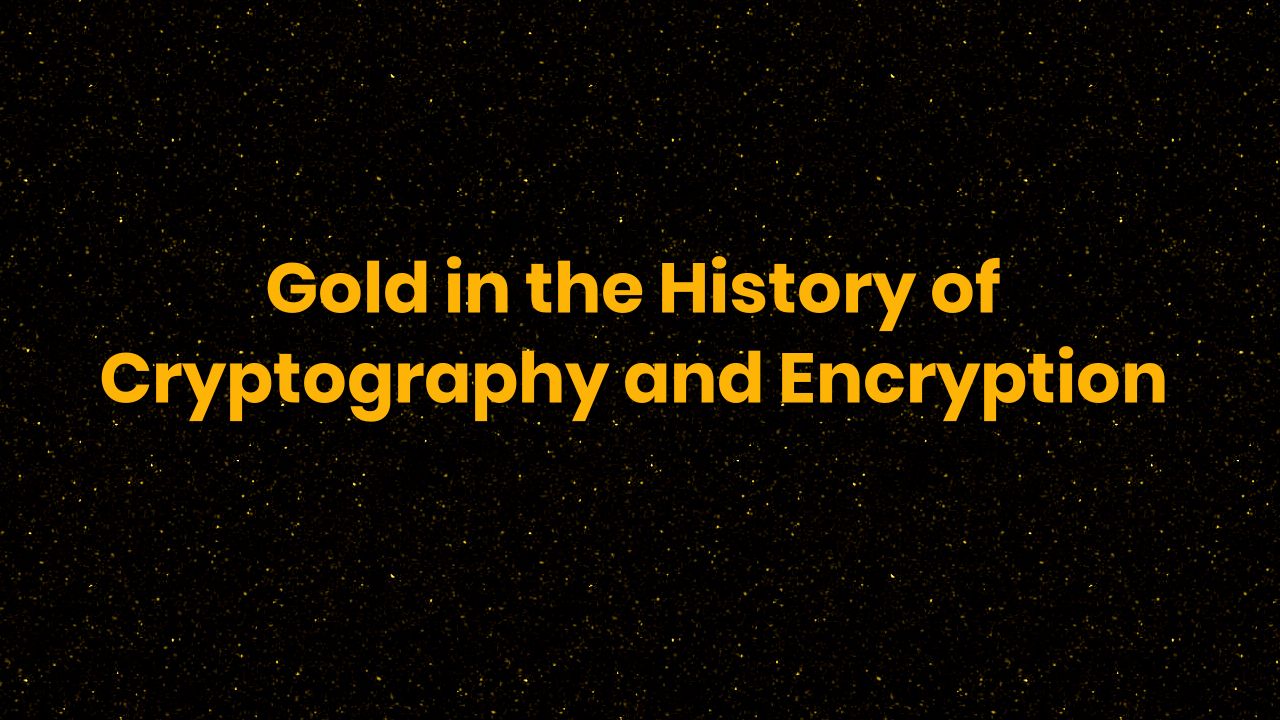
Table of Contents
Introduction
Cryptography and encryption have been an essential part of history. Governments, militaries, and individuals have always used codes and ciphers to hide their secrets and keep their information secure. Over the centuries, different materials have been used as the basis for cryptography, including wax, silk, paper, and metal. Of these, gold has been one of the most valuable and prized materials, given its rarity and prestige.
Early Uses of Gold in Cryptography
One of the earliest recorded uses of gold in cryptography was during ancient Roman times. The Romans used a system called “Caesar cipher,” which involved shifting each letter in a message by a certain number of places down the alphabet. To make the encryption more secure, they wrote the message on a strip of parchment wrapped around a cylinder, which was then covered with a layer of wax. The wax acted as a seal and was imprinted with a signet ring made of gold, ensuring that only the intended recipient could read the message.
The Importance of Gold in Cryptography during World War II
During World War II, cryptography became crucial to military operations, with Allied and Axis forces using complex codes to transmit sensitive information. One of the most famous examples of this was the Enigma machine, used by the German military to encrypt their communications. The Allied forces, including the British codebreakers at Bletchley Park, eventually cracked the code, helping to turn the tide of the war. Gold played a critical role during this period as it was used in the construction of the Colossus computer, the world’s first electronic computer designed to crack the Enigma code.
Modern Cryptography and the Use of Gold
Today, cryptography is more important than ever, with electronic communication and online transactions prevalent in our daily lives. Gold is still relevant in cryptography, with the metal being used in the manufacture of computer chips and other electronic components that facilitate encryption. Gold is also used in the production of smart cards, which store sensitive information and are used in applications such as banking, government IDs, and health-care systems.
The Future of Gold in Cryptography and Encryption
The future of cryptography and encryption is closely tied to the future of technology. As technology continues to advance, it is likely that new forms of encryption will emerge, and gold could play a significant role in the development and manufacture of these systems. With the increasing demand for high-performance computing and innovative security solutions, the use of gold in cryptography is likely to grow in importance.
Summary and Conclusion
In conclusion, cryptography and encryption have a long and fascinating history, with gold playing an integral role in the development and dissemination of these technologies. From ancient Roman times to World War II and modern cryptography, gold has been used in various forms to encode and protect sensitive information. As we look to the future, it is clear that the role of gold in cryptography will only become more critical, given its unique properties and its ability to enable the development of advanced security technologies.





